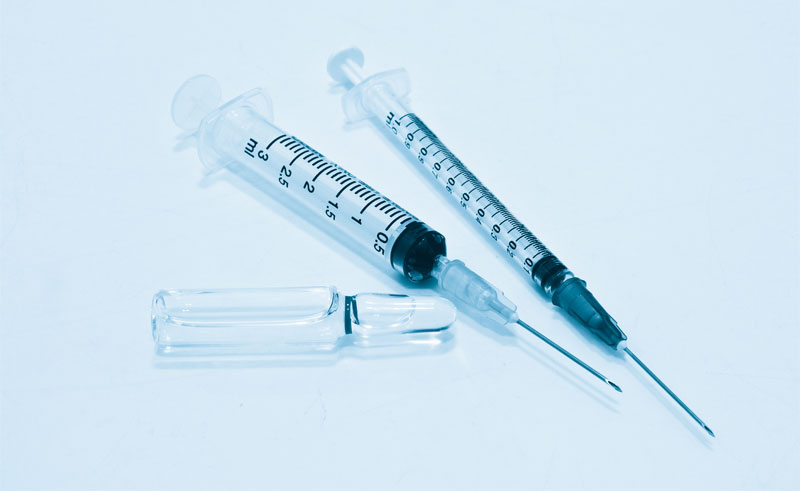Table of Contents
The endocrine profile of a human depends on the levels and proper production of hormones. If a person is healthy then hormone levels are ok, but some people feel fatigued, depressed, and suffer from other symptoms caused by the lowered testosterone. If the Low-T is proven by the clinical evaluation, the TRT treatment cycle is prescribed. Many patients are interested if there is a possibility to get testosterone injections covered by insurance. So, let’s review this further.
Insurance for Testosterone Replacement Treatment
Some clinics confirm that specific services for their insured clients are available for free. However, they are not sure if there is complete insurance for testosterone therapy ’cause it includes a range of medical services and medications not covered even by the most comprehensive insurance plans. It is necessary to focus on this aspect and understand which costs can be covered by the patient’s insurance.

If a person does not have medical evidence for the Low-T treatment cycle, the insurance provider will not pay a penny for testosterone replacement therapy. It means that a patient should prove the fact of their low levels of testosterone with the help of laboratory tests. Most insurance plans cover blood testing and visits to the endocrinologist’s office, so this allows Americans to save some money.
Any doctor’s examination and lab evaluation are covered by the insurer and this privilege reduces the final price for testosterone treatment. Nevertheless, it is difficult to get injections fully covered by insurance.

Blue Cross, Blue Shield Insurance Guidelines
The most popular insurance plan provider is Blue Cross, Blue Shield organization offers the best conditions for patients who require testosterone replacement therapy. A special license provided by the association of the BlueCross and BlueShield companies was first available about five years ago. In 2015, these two organizations unified to provide insurance to patients who require a medical service like testosterone replacement therapy.
At the same time, BlueCross & BlueShield’s instructions contain the information their clients should provide documents confirming their testosterone deficiency if they need to get the full coverage of the medication, lab tests, and other low T treatment cycle costs.

Lab tests should be taken in the morning because this is the best time to see the exact hormone levels in the blood. The patient should undergo hematologic diagnostics twice to prove the fact of the low T. All the laboratory results should be provided to the insurer. There are some other demands to consider:
- additional clinical evaluation is done before requesting insurance for testosterone therapy (it includes liver function testing, hematocrit examination, prostate-specific antigen (PSA) test, etc.).
- hypersensitivity to the medication and other contraindications are excluded.
An insurer can add some more unknown demands into the insurance payment instruction when its new version comes into force. The client is informed about the changes when they are inevitable and compulsory so they have no other choice than to obey. If you don’t match one of the above-mentioned demands, there is a chance that your insurance request will be rejected.
If all the conditions are observed, the insurance plan would be approved. The BlueCross & BlueShield provider offers a 1-year compensation for testosterone replacement treatment if a patient’s request is approved.

As you see, the availability of blood test results is the main requirement for low T patients to get insurance coverage. According to the Blue Cross & Blue Shield instructions, testosterone levels should be lower than the average results. The insurance provider agrees to cover the testosterone replacement therapy if a client provides lab evaluation results showing the T-hormone levels are below 300 ng/dl. It means that a blood sample should show <300 ng/dl.
If testosterone levels are higher at least in one of the lab tests, the insurer can refuse from providing medical services coverage. This demand involves other insurance providers that cover the testosterone treatment expenses partially.
Other Insurers Instructions to Consider
Some insurance companies consider only levels of testosterone in a blood test and the endocrinologist’s conclusion. Their plans allow patients to reduce final treatment costs only partially. For example, Cigna and Regence insurers offer coverage of lab evaluation and clinic-based medical services but do not compensate expenses on injections and other oral medication prescribed.

Nevertheless, many patients would like to save at least a part of the costs for their low T treatment cycle. That is why insurer clients agree to receive partial compensation to cover their medical expenses. Most American pharmacies and private clinics with endocrinologist’s offices accept bills from insurance organizations like:
- Health Net;
- ODS;
- UnitedHealthcare, etc.
Anyway, it is possible to start therapy without insurance and at affordable prices because some US-based clinics provide consumers with profitable discounts. Some price lists include special offers for regular procedures that are not covered by the insurance. For example, each second visit to the doctor will cost twice as little as the first appointment. If you will require the second treatment course, your costs for injections will be covered as well.
It is necessary to keep track of the pricing plans of the clinic you’ve chosen to get the treatment. Each medical service provider has its own terms and conditions just as well as insurers do. Don’t hesitate to learn all you need to know about your oncoming treatment and ask about the discounts available.
Contact our physician here to get a free consultation about insurance for testosterone replacement treatment.


